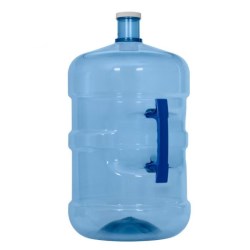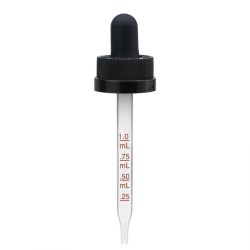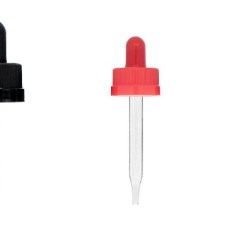Public
Dempsey International Packaging
Dempsey International Packaging Videos
Raptor Packaging Catalog
Raptor Packaging Locations
Raptor Packaging News
If this is your company, CONTACT US to activate Packbase™ software to build your portal.
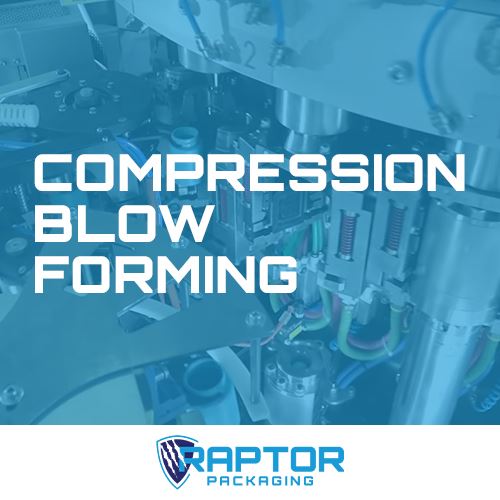

The introduction of the Sacmi Compression Blow Forming technology (CBF) is a game changer for HDPE packers. The process by nature makes a better bottle, more consistently, with better manufacturing economics.
Sacmi’s recent innovations and entrance into the North American market are providing marketers of Healthcare, Nutraceutical, and other products with new innovative options to improve supply chain efficiencies and reduce overall costs.
Here’s 5 key reasons everyone using the traditional process of Extrusion Blow Molding (EBM) or Injection Blow Molding (IBM) should consider the CBF process:
- The Compression Blow Forming process, allows for faster cycle times, with more consistent wall distribution lowering production costs and increasing manufacturing efficiencies that can be passed on to customers in the form of lower prices. Normal marginal gains result in an average of 15 to 20% Price Point Variance (PPV) cost savings.
- Consistency of wall thickness adds several performance improvements, including Moisture Vapor Transmission Rate (MVTR), so packages can be light weighted (sustainability) without compromising the integrity of the package or compromising the efficacy of the packaged product. The significantly increased physical properties combined with improved repeatability and consistency in the bottle, result in improved labeling quality and the ability to increase line speeds.
- Compression Blow forming (CBF) offers resin formulation opportunities beyond standard IBM and extrusion technologies. Formulations show improvements in dimensional control, MVTR, Oxygen Transmission Rate (OTR) and stiffness. A combination of material attributes combined with CBF yields lighter improved barrier properties. Not to worry, you can still run the standard resins which are traditional in IBM manufacturing.
- Improved physical characteristics include no gates like IBM, which can interfere with bottle coding, or heavy seams lines like you see in EBM. The sophisticated on-board quality systems implemented by Sacmi, ensure, a very low scrap rates (<1%) and move bottle production up the food chain with new levels of repeatability of process so you do not get bad bottles on your line.
- Today it is all about supply chain integrity. The total cost of bottle acquisition with CBF is less; lower manpower, competitive capital investment for custom projects, and continuity of supply offer many soft cost savings along the way. The Sacmi technology is highly efficient, with quick change over times, and lets your supplier respond to your changing demands given the high annualized outputs per machine.
Not many technologies come along in the world of bottle manufacturing that you can truly say change the game. If your products are packaged in traditional packers used in Healthcare and Nutraceuticals, this is a phone call you want to make. The technology is superior in every way and creates a highly sustainable supply chain, reducing cost, lowering gram weight, and putting extra dollars to your bottom line.
If you’re looking to purchase packers, the following are available to purchase online through Raptor Packaging:
For any questions related to Sacmi Compression Blow Forming technology, our knowledgeable team at Dempsey International Packaging is available as a resource to you. Simply email info@dempseyinternational.com to get in touch.
Authored by: George W. Dempsey Jr, CEO of Raptor Packaging & Dempsey International Packaging
George is a leading expert on Asian and Latin American Packaging Supply Chain dynamics. His expertise spans more than 25 years of supply chain and business development in foreign markets, including multiple board level positions. He is a graduate of Northern Illinois School of Business and holds multiple degrees including an Executive MBA.


.jpg)
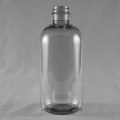
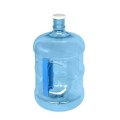

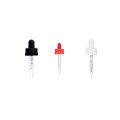



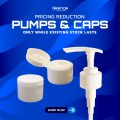
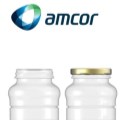

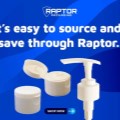

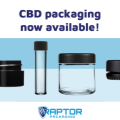


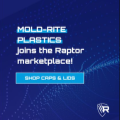

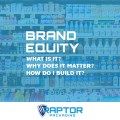




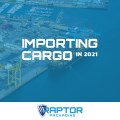
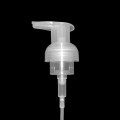


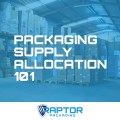


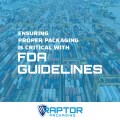


.jpg)


